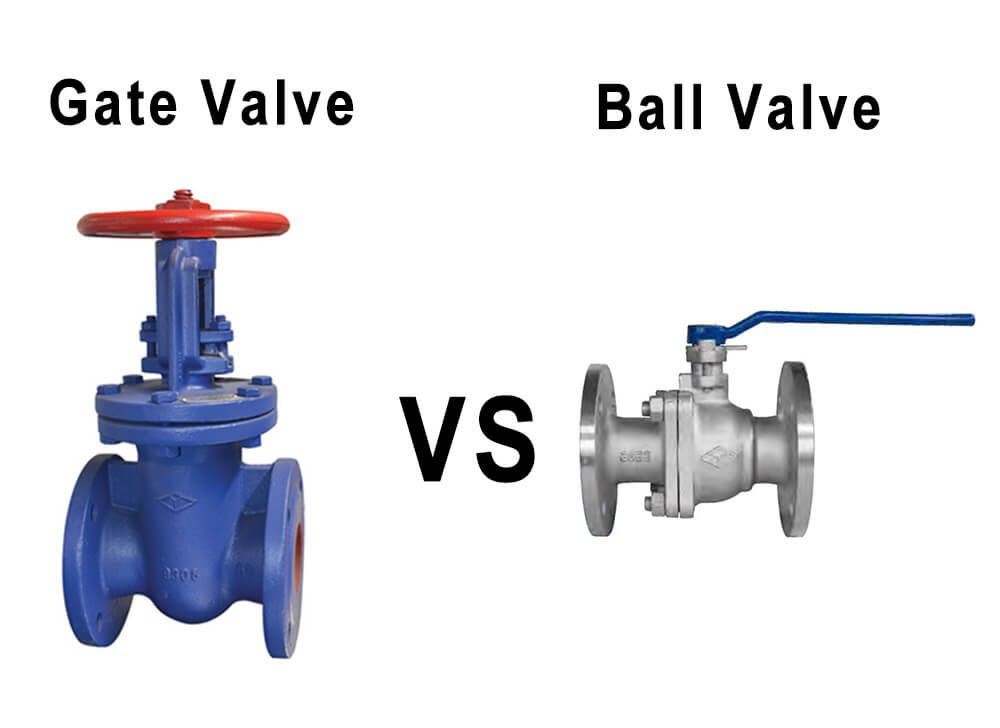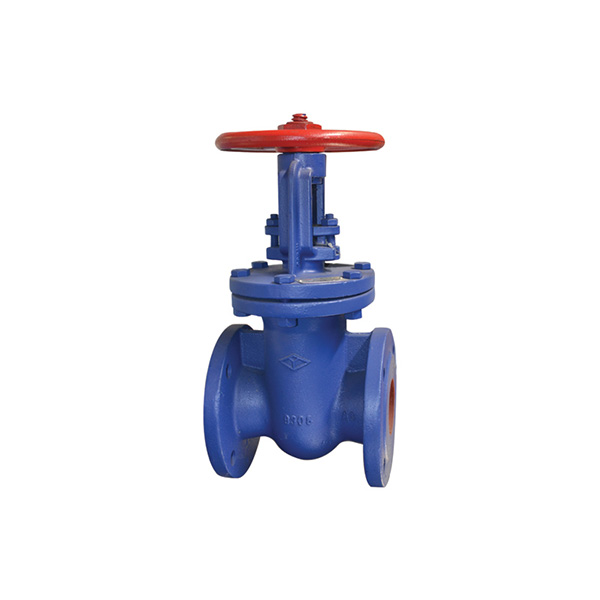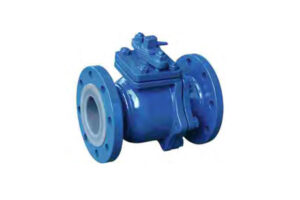Come esperto di valvole con anni di esperienza nel settore, Spesso mi viene chiesto della differenza tra valvole a saracinesca e valvole a sfera, e quale tipo è più adatto per applicazioni specifiche.

La verità è, entrambi i tipi di valvole presentano vantaggi e limiti unici, e la scelta dipende in ultima analisi da fattori quali la natura del processo, le condizioni operative, e i requisiti specifici del sistema.
Saracinesche: Robusto e affidabile

Le valvole a saracinesca sono note per la loro costruzione robusta e la capacità di resistere a pressioni e temperature estreme.
Sono dotati di un cancello a forma di cuneo che si muove perpendicolarmente al percorso del flusso, consentendo un'apertura a passaggio totale quando è in posizione aperta. Questo design riduce al minimo la resistenza al flusso, rendendo le valvole a saracinesca una scelta eccellente per le applicazioni in cui la caduta di pressione è un problema critico, come nei sistemi di distribuzione dell’acqua, oleodotti e gasdotti, e impianti di produzione di energia.
Uno dei principali vantaggi delle valvole a saracinesca è la loro capacità di flusso bidirezionale, il che significa che possono controllare efficacemente il flusso in entrambe le direzioni. Questa versatilità li rende adatti ad un'ampia gamma di applicazioni in cui può verificarsi un'inversione del flusso. Inoltre, le valvole a saracinesca offrono eccellenti capacità di intercettazione, garantendo una tenuta ermetica quando è in posizione chiusa.
Tuttavia, le valvole a saracinesca presentano alcune limitazioni. In genere richiedono una coppia operativa maggiore rispetto ad altri tipi di valvole, il che può renderli meno adatti ad applicazioni che richiedono un funzionamento frequente. Inoltre, le valvole a saracinesca non sono consigliate per i servizi di strozzamento, poiché la posizione parzialmente aperta può causare erosione e danni ai componenti della valvola.
Valvole a sfera: Veloce ed efficiente

Btutte le valvole, d'altra parte, offrire una serie diversa di vantaggi.
Queste valvole sono dotate di una sfera sferica con un foro che si allinea con il percorso del flusso in posizione aperta, consentendo una limitazione minima del flusso. Quando la palla viene ruotata 90 gradi, il foro è perpendicolare al percorso del flusso, interrompendo efficacemente il flusso.
Uno dei principali vantaggi delle valvole a sfera è la loro capacità di fornire un funzionamento rapido ed efficiente. Con un semplice movimento di un quarto di giro, possono passare da completamente aperti a completamente chiusi, rendendoli una scelta eccellente per applicazioni che richiedono un funzionamento frequente o uno spegnimento rapido. Le valvole a sfera sono adatte anche per i servizi di strozzamento, poiché il design sferico della sfera riduce al minimo la turbolenza e l'erosione quando si trova nella posizione parzialmente aperta.
Tuttavia, le valvole a sfera presentano alcuni inconvenienti. Solitamente hanno un diametro del foro inferiore rispetto alle valvole a saracinesca dello stesso diametro nominale, che può comportare perdite di carico più elevate. Inoltre, le valvole a sfera generalmente non sono consigliate per applicazioni che comportano differenziali di alta pressione o temperature estreme, poiché queste condizioni possono compromettere la capacità di tenuta e la longevità della valvola.
Scegliere la valvola giusta
Come esperto di valvole, Consiglio sempre di valutare attentamente i requisiti specifici di ciascuna applicazione prima di selezionare il tipo di valvola appropriato. Le valvole a saracinesca sono spesso la scelta preferita per le applicazioni in cui sono presenti pressioni elevate, temperature, e il flusso bidirezionale sono coinvolti, come nel petrolio e nel gas, produzione di energia, e industrie della distribuzione dell'acqua. Valvole a sfera, d'altra parte, eccellere in applicazioni che richiedono operazioni frequenti, capacità di limitazione, o spegnimento rapido, come nei processi chimici, prodotti farmaceutici, e industrie alimentari e delle bevande.
In definitiva, la decisione tra una valvola a saracinesca E una valvola a sfera dovrebbe basarsi su una conoscenza approfondita delle condizioni del processo, requisiti di sistema, e le caratteristiche prestazionali della valvola. Rinomati produttori di valvole come Farpro Yuanda Industrial Valve Manufacturer offrono una vasta gamma di valvole a saracinesca e valvole a sfera, progettati e realizzati per soddisfare i più elevati standard di settore e le aspettative dei clienti.
